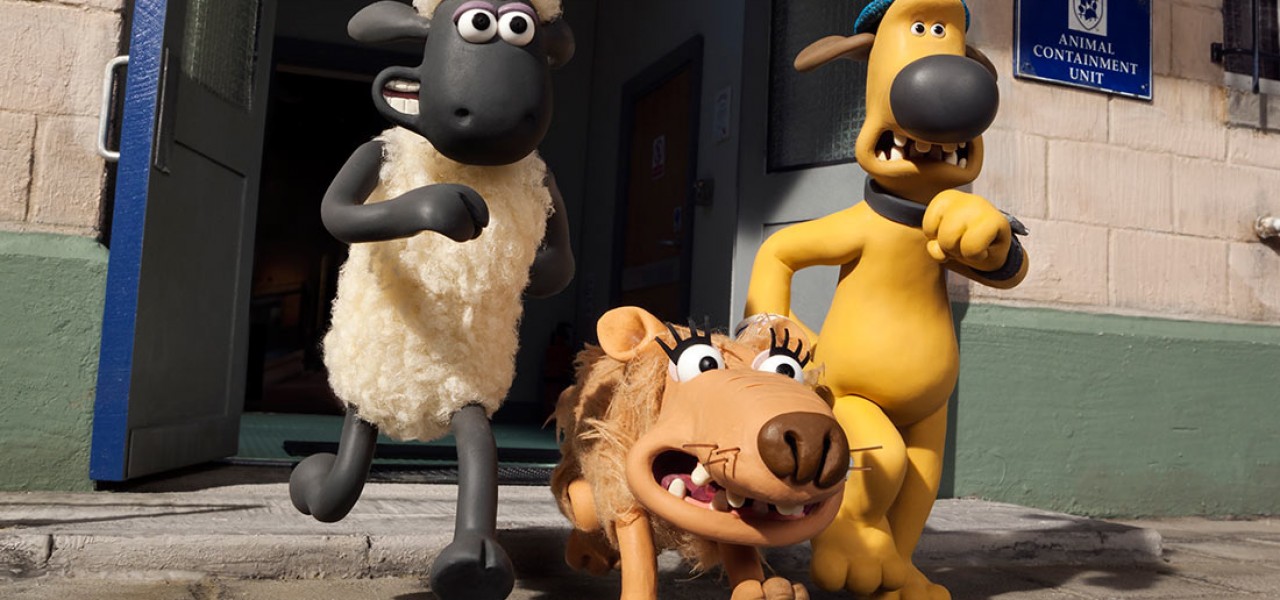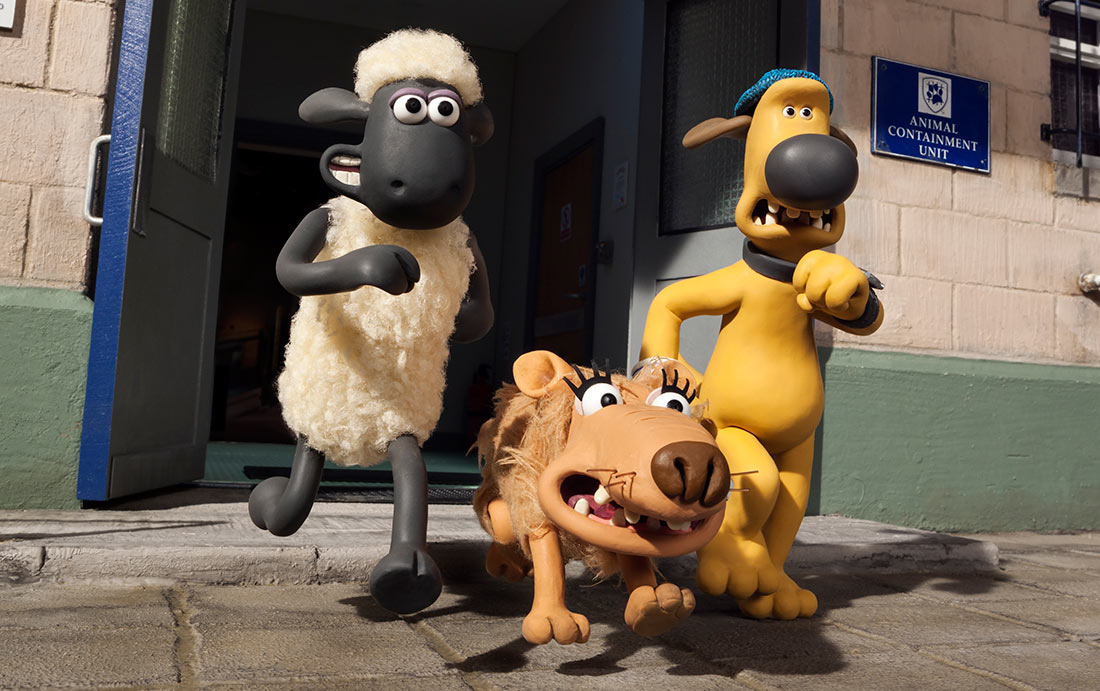

‘Shaun the Sheep’ Directors Richard Starzak and Mark Burton Feel Liberated By Limitations

The sharp and sweet minds behind the year’s most critically acclaimed animated feature hold forth for an informative half-hour in the Internet documentary series, DP/30: The Oral History of Hollywood.
Indeed, shot in similarly improvisational style on iPhone 6 in Los Angeles, David Poland’s wide-ranging interview with Shaun the Sheep Movie’s co-directors about their processes is an object lesson in problem-solving.
“That’s what we do,” said Starzak, speaking of Aardman Animation’s unassuming Shaun the Sheep setup in a warehouse on the outskirts of Bristol, where the filmmakers are limited and liberated by their comparatively small resources. “An interesting thing that Nick Park said is that he likes limitations. You push your materials to the extreme. Those limitations are good. Sometimes with CGI, you think that because you can do anything, you should do anything. But we like basic cinematic storytelling; Shaun the Sheep Movie was shot like a live-action film.”
Aardman vet Starzak admitted to wanting to be an animator ever since growing up as a “too clever” child watching cartoons from Tex Avery and Chuck Jones. For his part, Burton, who admits he can’t draw a line, grew up a fan of subversive British comics, and eventually landed on the ITV’s uproarious puppet satire series, Spitting Image. Taken together, their influences and experiences offer animation fans an excellent window into the sensibilities of Shaun the Sheep Movie, which has struggled at the U.S. box office despite blowing away most critics who’ve seen it.
Burton and Starzak also recount the origin story and development of Shaun and the excellent television series that bears his name. Speaking of liberating limitations, since dialogue costs more money, Aardman decided early to go wordless, which gave Starzak the opportunity to work with silent comedy, “which is something I always wanted to do,” he said.
“From the first season, Shaun the Sheep always felt like it was punching above its weight,” Starzak explained. “It’s a kids series that was drawing in quite a diverse audience.” Although Starzak admitted that it has a niche appeal in the U.S., he added that Shaun the Sheep is more widely popular in other countries, which “proves that silent comedy is quite universal.”
Stretching the television series’ seven-minute storytelling into a feature film demanded that the characters be taken out of their comfort zones, which is why Shaun the Sheep Movie takes place in “The Big City.” But this transition also provided the characters with a richer emotional life, anchored not in their labor and routine, but rather their familial feelings for each other.
Poland’s interview is a similarly emotionally rich but barebones operation, and even features an iPhone malfunction. But like Aardman Animations proper, and its little Shaun the Sheep Movie that could, the interview is a rewarding conversation about smart, frugal filmmaking in an era of corporate bloat. Check it out and let us know what you learned from the filmmakers.
